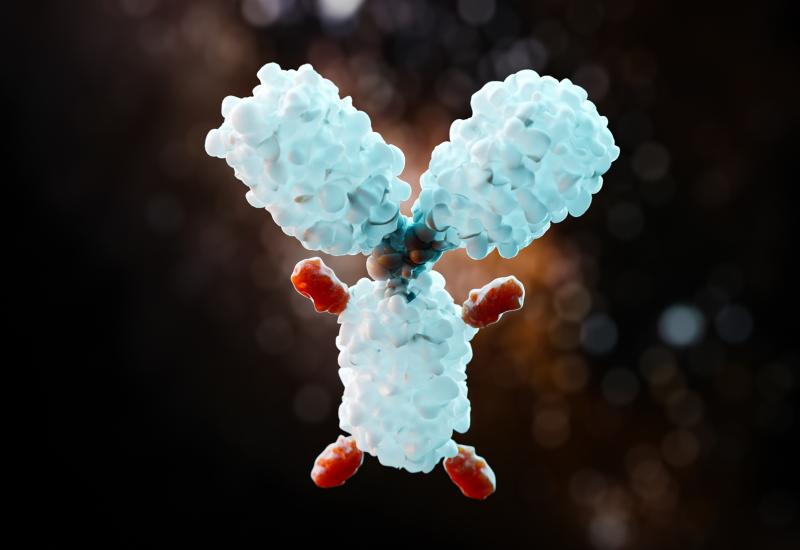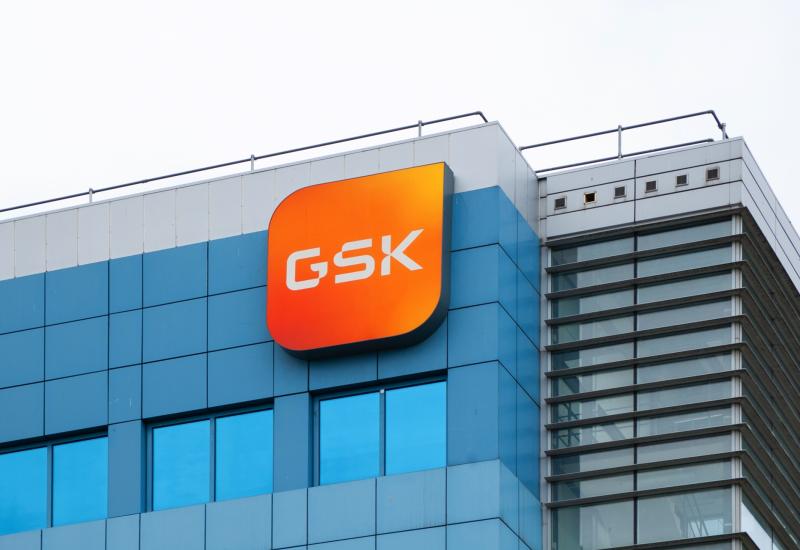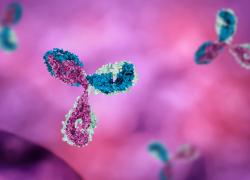
Royalty Pharma comes to Adstiladrin’s rescue
A royalty financing deal should see this gene therapy launched nine months after its surprise US approval.
A royalty financing deal should see this gene therapy launched nine months after its surprise US approval.

Given Royalty Pharma’s track record as a serial acquirer of royalty interests, last night’s deal with Ferring, worth $300m up front for the obscure bladder cancer gene therapy Adstiladrin, might not raise many eyebrows. But the transaction should be the trigger for this treatment’s launch at long last.
That’s because Ferring, a private European company best known for reproductive health and the microbiome, had no funds earmarked specifically for launch, after Fergene, the entity it earlier spun out to handle Adstiladrin, lost Blackstone as its joint-venture partner. And that’s just one twist in Adstiladrin’s convoluted development history, itself a lesson in tenacity.
The product is the result of an industry effort to tackle non-muscle invasive bladder cancer, an earlier setting than the metastatic disease that has seen several drugs approved recently. Under yesterday’s deal Royalty paid Ferring $300m for an initial 5.1% royalty on Adstiladrin sales, and a commitment to launch next month.
Convoluted history
Adstiladrin, which carries the INN nadofaragene firadenovec-vncg, had been originated by Merck & Co, which then sold it, along with options over gene therapies for glaucoma surgery failure and solid tumours, to a private Finnish venture called FKD Therapies in 2011.
Seven years later FKD optioned nadofaragene to Ferring, and Ferring then spun it into a new business called Fergene that it co-founded with the private equity group Blackstone Life Sciences. Blackstone was said to commit $400m to the venture, with Ferring pledging “up to $170m” and agreeing to launch and market a resulting approved product outside the US.
David Meek was appointed chief executive of Fergene, having left Ipsen after that company’s disastrous $1bn takeover of Clementia, as nadofaragene read out positively in a phase 3 trial and headed to the FDA. But in mid-2020 the FDA issued Fergene with a complete response letter, citing numerous concerns over manufacturing.
In 2021 Meek left to become CEO at Mirati (a job he left this month), and the Blackstone venture was wound up last October, with rights to nadofaragene passing back to Ferring. But 16 December 2022 brought a surprising development: the FDA approved Adstiladrin, with a full label for non-muscle invasive bladder cancer that is unresponsive to BCG.
This pre-metastatic, non-muscle invasive bladder cancer setting is typically treated with BCG, but thereafter options are limited. Moreover, recent years have seen a profound worldwide shortage of BCG. Merck & Co’s Keytruda is approved here, based on Keynote-057, where it yielded a 41% rate of complete remission, and 16.2-month median duration of response.
In comparison, Adstiladrin’s registrational CS-003 study showed 51% complete response rate and 9.7-month median duration of response. The industry pipeline includes several projects being studied on top of BCG in BCG-naive patients, as well as in Adstiladrin’s BCG-unresponsive setting; of the latter, ImmunityBio’s Anktiva/N-803 recently got its own manufacturing-related CRL.
Late-stage trials in high-risk, non-muscle invasive bladder cancer
| Study | Company | Therapy & design | Setting | Note |
|---|---|---|---|---|
| Keynote-057 | Merck & Co | Keytruda, uncontrolled | BCG unresponsive | US launched |
| CS-003 | Ferring | Adistraldin, uncontrolled | BCG unresponsive | US approved (launch due Sep 2023) |
| Quilt-3.032 | Immunitybio | Anktiva + BCG, uncontrolled | BCG unresponsive | CRL for US filing received May 2023 |
| Checkmate-9UT | Bristol Myers Squibb | Opdivo +/- BMS-986205+/- BCG, uncontrolled | BCG unresponsive | Failed |
| Checkmate-7G8 | Bristol Myers Squibb | Opdivo + BCG, vs BCG | Recurrent after BCG induction | Ends Oct 2023 |
| Bond-003 | CG Oncology | CG0070, uncontrolled | BCG unresponsive | Ends Jan 2024 |
| NCT04172675 | Johnson & Johnson | Balversa, vs chemo | BCG unresponsive, FGFRm | Ends Mar 2024 |
| Alban | Roche | Tecentriq + BCG, vs BCG | BCG-naive | Ends Apr 2024 |
| Crest | Pfizer | Sasanlimab + BCG, vs BCG | Recurrent after BCG induction | Ends Jun 2024 |
| Potomoac | Astrazeneca | Imfinzi + BCG, vs BCG | BCG-naive | Ends Oct 2024 |
| Keynote-676 | Merck & Co | Keytruda + BCG, vs BCG | Recurrent after BCG induction | Ends Dec 2025 |
| NCT02138734 | Immunitybio | Anktiva + BCG, vs BCG | BCG-naive | Ends Dec 2025 |
| Keynote-992 | Merck & Co | Keytruda + chemoradio, vs chemoradio | Unclear | Ends Jun 2029 |
Source: clinicaltrials.gov.
Still, Adstiladrin is neither a straightforward infusion, like a PD-(L)1 MAb, nor what many people would consider a typical gene therapy. It doesn't seek to alter or correct a disease’s underlying genetic defect, but merely encodes the gene for human interferon alfa-2b, and it is this cytokine, once produced locally, that exerts antitumour activity. One advantage is that this could overcome the problem of interferon alfa-2b’s short half life.
But it entails dosing every three months rather than as a once-and-done procedure, along with complex production; Royalty is to pay Ferring a $200m milestone, with the royalty rate rising to 8%, based on “certain [2025] manufacturing goals”.
After years of ups and downs pharma will find out at last whether urologists take up Adstiladrin as part of standard treatment.
1399













